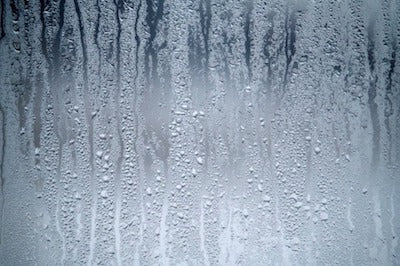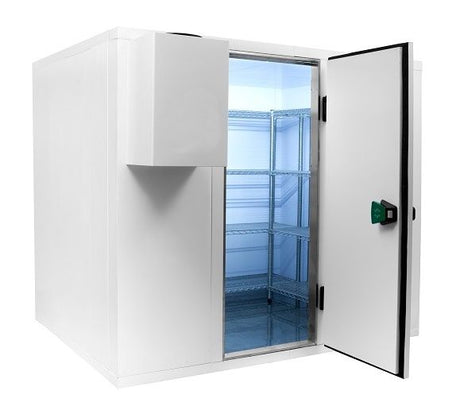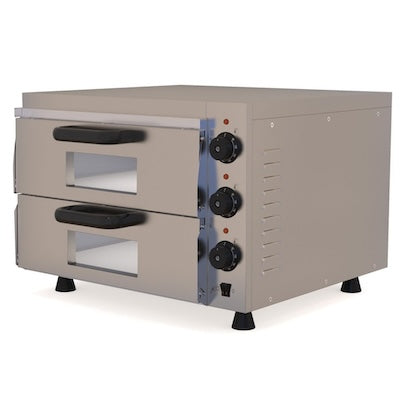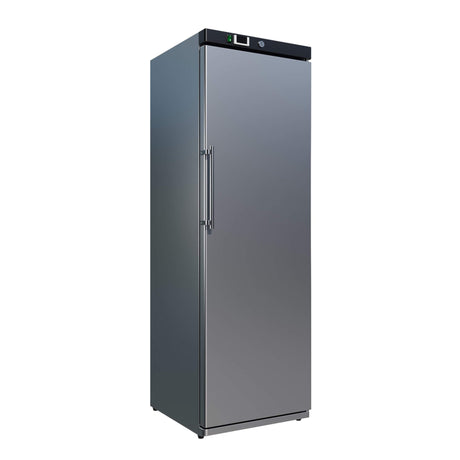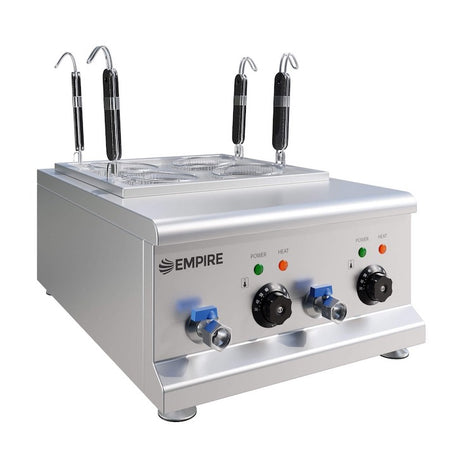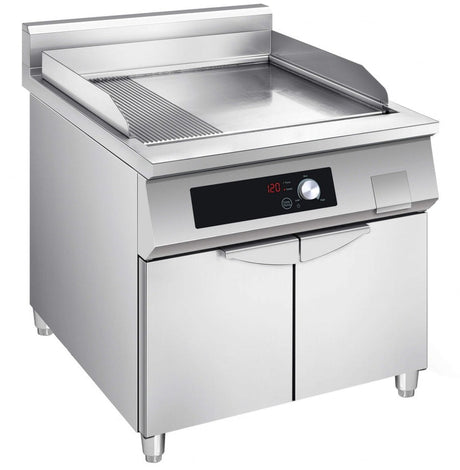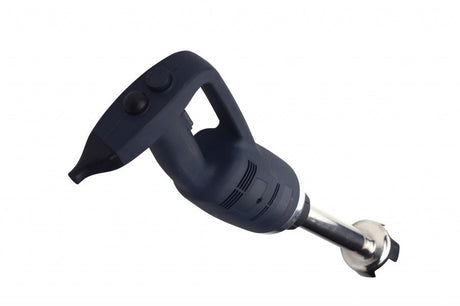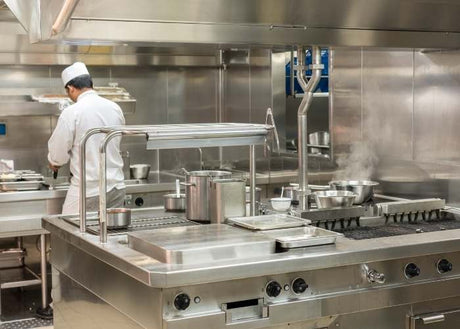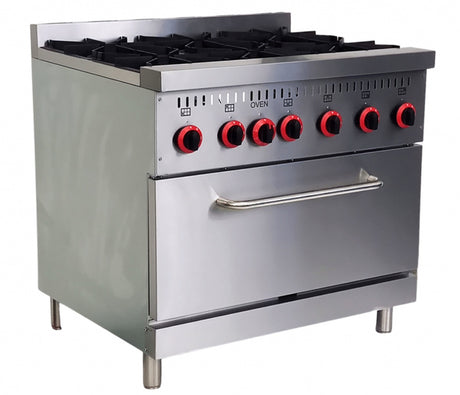It is normal for there to be a small amount of condensation on fridge and freezer doors if the weather is warm and humid, if the doors are opened frequently, if the temperature is set too cold or if the doors are not closed completely (forming a complete seal) between uses.
Please check:
- That the feet are level
- Ensure unit is completely level left to right
- If possible tilt unit back very slightly to aid drainage
Water formation is not unusual, but if there's water pooling in the bottom of your fridge, it usually indicates a problem with the refrigerator's drainage system. Here are a few steps you can take to address the issue:
1. Check the drainage hole: Locate the drainage hole at the back or bottom of your fridge. It might be covered by a small cap or debris. Clear any blockages using a soft cloth or a pipe cleaner. Be careful not to damage the hole.
2. Clean the drain pan: The drain pan collects condensation and defrost water from the fridge. It is usually located beneath the refrigerator, accessible from the front or back. Remove the grille and carefully pull out the pan. Empty any water and clean the pan with warm soapy water. Once cleaned, reposition the pan correctly.
3. Clear the drain tube: The drain tube connects the drain hole to the drain pan. If it gets clogged, water can accumulate in the fridge. Gently insert a thin, flexible object like a pipe cleaner or a small brush into the drain tube to remove any debris or blockages. Be cautious not to damage the tube.
4. Check the door seals: Poorly sealed refrigerator doors can cause excess moisture to accumulate. Inspect the door seals for any damage or gaps. Clean them using mild soapy water and ensure they are properly aligned and tightly sealed.
5. Adjust temperature settings: If your fridge is set to a very low temperature, it can lead to excess condensation and water build up. Adjust the temperature to the manufacturer's recommended setting and give it some time to see if the situation improves.
6. Move the unit to a different location - if this unit is located in a garage / shed / summer room or similar, try moving it inside to a room inside where the temperature is better regulated and the unit will experience fewer extremes.

